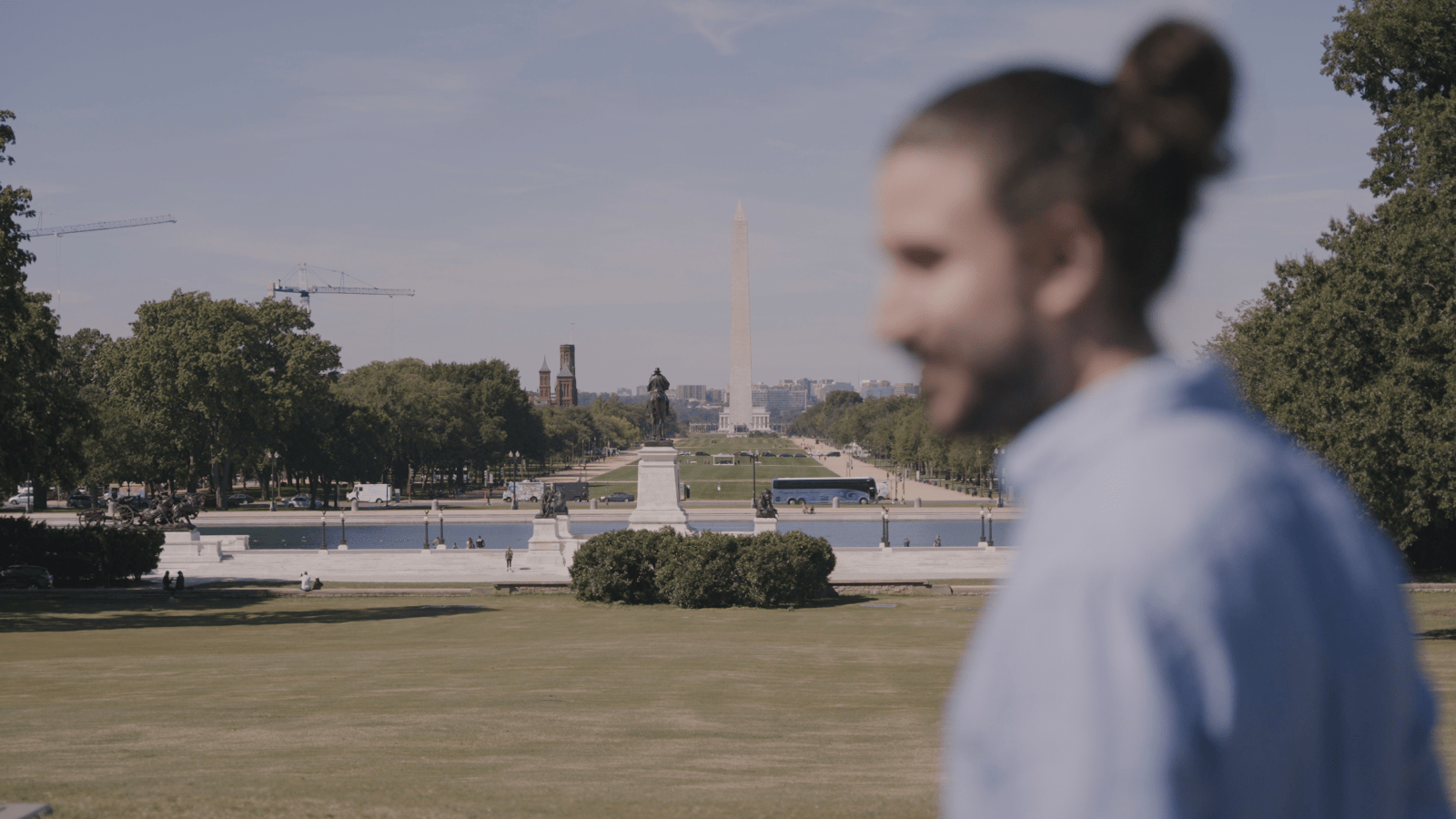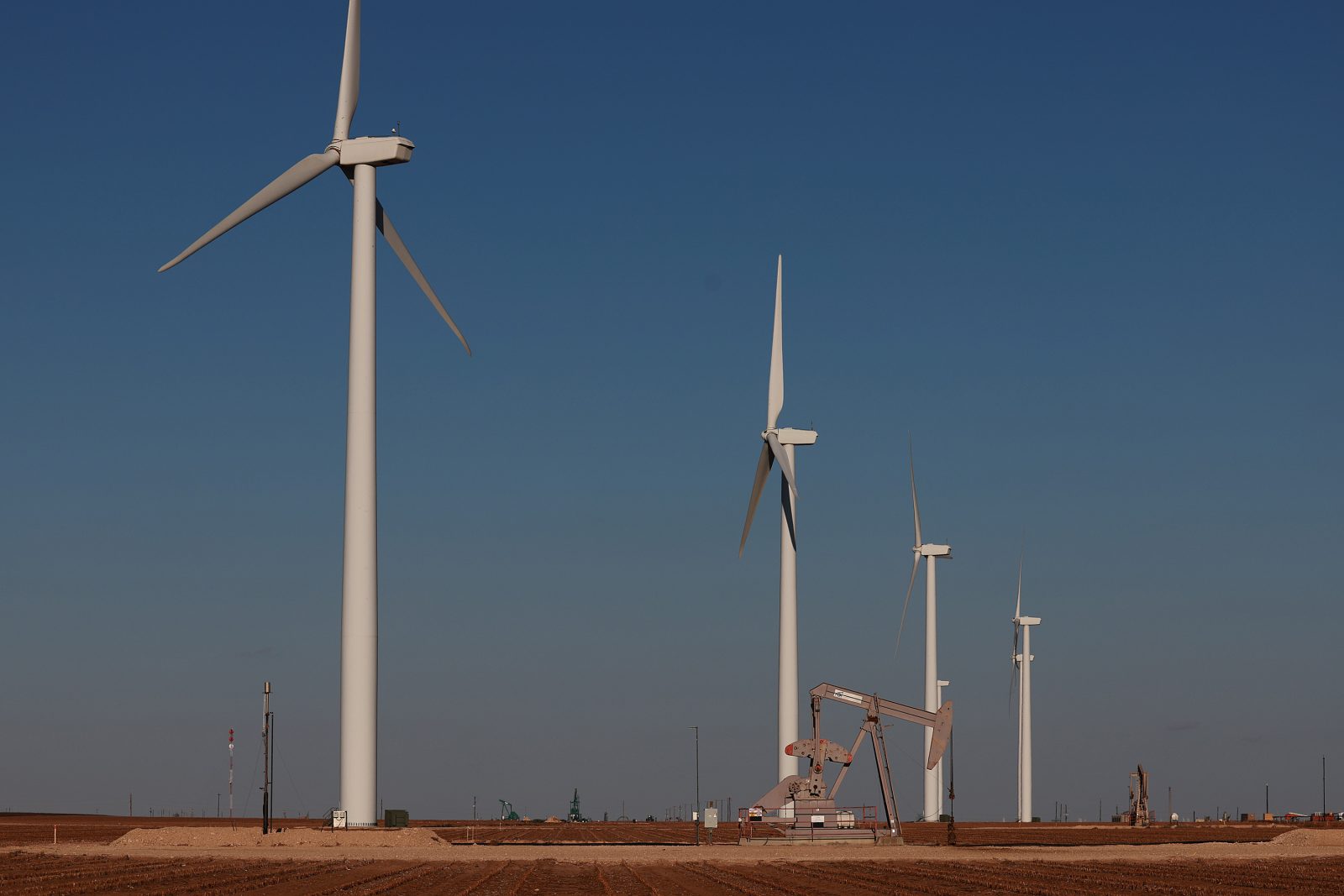
In politics, it can be easy to put things into boxes. An environmentalist moves heaven and earth to protect the desert tortoise. The energy sector is filled with cowboys who drill first and ask questions later. Democrats are traditionally pegged as the former, Republicans the latter. But in reality, the picture is a lot more complex, and a yearlong campaign of listening gave me reason for hope that we can get out of our boxes and work together on climate change.
Before the Inflation Reduction Act (IRA) became law, (in the middle of a dry spell for environmental legislation) I, along with my team at the climate research and advocacy non-profit Planet Reimagined, began a project to rethink how climate policies were developed and implemented. It was an intentionally open-ended plan, with a focus on process.
I started to meet with both Republicans and Democrats in Congress as a “celebrity” climate advocate. I really don’t think of myself as a celebrity, but I know that it’s my band’s platinum records and billions of streams that got me in the door in the first place. The conversations would typically start with a selfie for their Instagram or a video for the AJR fan in their family, but as soon as I saw an opening, I pivoted, flashing my PhD credentials (I studied large-scale renewable energy projects) and putting on my activist hat as the executive director of Planet Reimagined to push for fair solutions to the climate crisis.
Once we were debating the finer points of indigenous land sovereignty or electric vehicle tax credits, they stopped seeing me as just another celebrity photo-op. I was in the door. Over the last year, I managed to talk to a dozen senators, three dozen members of the House of Representatives, governors, mayors, secretaries of everything, and White House policy advisors.
More from TIME
But it took meeting with House representatives from different Texas districts for me to realize why I wasn’t getting where I wanted to go as fast as I wanted. I went into the meetings with too many preconceptions: I already assumed that Lloyd Doggett, the Democratic representative of the district comprising Austin’s liberal urban oasis, had a much more positive view of climate action than August Pfluger, the Republican representative of Texas’s 11th district, which includes the Permian Basin, the second-largest shale play in the country whose productivity exploded with fracking and other technological advancements. But my assumptions were quickly challenged when Pfluger’s team told me that the 11th district contains as many wind turbines as the state of California. This was clearly a point of Lone Star State pride.

I realized that if I wanted to actually facilitate change, the next step was to listen.
There can be robust research showing technically how or why a solution would work. But if we do that research in isolation from advocacy—without engaging with policy makers and without answering the economic, social, and political questions, along with the scientific and policy ones—then just having good evidence isn’t enough. On the other hand, we don’t want our desire to advocate for a certain solution to color the research that supports it. The independent nature of science is what gives it credibility.
My “aha” moment came when we (the team at Planet Reimagined) did enough listening to build a bold advocacy strategy that made clear which areas of research could lead to rapid climate action, at scale.
We listened…and listened…and listened
My headline from a year’s worth of meetings: Democrats often argue for climate and environmental justice, clean energy, and emissions reductions. Climate-sensitive Republicans, on the other hand, lean into conversations about conservation, preserving recreational opportunities, and meeting our energy security needs—and were less likely to acknowledge the role of burning fossil fuels in heating the Earth’s atmosphere.
But whether I was sitting across from Democrats from California, Colorado and New Mexico, or Republicans from Utah and North Dakota, we all agreed that new renewable energy projects are good for business. Most of the projects owing to the Bipartisan Infrastructure Law and the Inflation Reduction Act have ended up in Red districts, and Republican politicians welcome them with open arms. A lot of Republican-led Red states now support all kinds of energy, and are subtly adopting “all of the above” approaches. Even Marjorie Taylor Greene, the far-right Congresswoman from Georgia, trumpeted plans to build a $2.5 billion dollar solar-cell manufacturing plant in her district.
Read more: The Inflation Reduction Act Is About to Jumpstart U.S. Climate Policy and Change the World
Personally, I’m not “all of the above” on energy and I’m certainly not neutral about the climate harm caused by burning fossil fuels. But I think the transition to clean energy may go faster if the oil and gas industry is engaged, without any new production. Also, while the big oil corporations are household names, you may not know that a whopping 80% of the U.S. fossil fuel industry is made up of mom-and-pop independent operators with an average of 12 employees.
Many major energy companies are already turning towards fossil-fuel competitors like wind and solar in order to retain contracts and clients. The mom-and-pop oil-and-gas shops are perhaps most at risk of losing out, and must figure out how to survive a rapidly changing marketplace. So that’s who we spent time listening to next.
There were other groups that became part of our listening tour, which sometimes had divergent priorities: the activists safeguarding local ecosystems and defending hard-won environmental protection laws, and also the green-transition champions wanting to ramp up clean power generation in ways that necessitates building on massive land areas that could otherwise be left to nature.
All of this listening led us to one specific obstacle to the clean energy transition: how to free up enough land that is suitable for wind and solar projects, and encourage developers to build them. This propelled us through a months-long examination of our public lands system, focusing on how renewable energy projects get approved, where they are sited, and how we can find room for acceleration. My team and I were looking for big and bold science-driven solutions that are not about finding compromise, but forging common ground. We found patches of it splattered across the western United States.
Sharing land is caring for land
We analyzed approximately 8 million acres of federal land in the U.S. that have been leased to oil and gas companies—both the companies you may have heard of and the mom-and-pops. Nearly 80% of that land is ideal for either solar or wind facilities. Through land-sharing, producers can expand renewable energy power, without disturbing untouched land, while helping energy communities to transition in place; moving away from fossil fuels, and rapidly decreasing emissions.
Several factors make this an expedient green-energy solution. First, the oil and gas companies already went through environmental review processes to get these leases, so new renewable-energy projects sharing the same land can piggyback on those reviews and get approved in record time. Additionally, joint ventures between fossil and renewable companies can breeze through other roadblocks by using the infrastructure that has already been built, like access roads and electrical transmission lines.
Read more: Texas Could Be the World’s Clean Energy Capital—If It Wants to Be
I readily admit this approach may not blow the socks off progressives or right-wing extremists, but Planet Reimagined’s research and our long listening campaign has shown that land-sharing is a large-scale solution that addresses environmental, social, economic, and political problems—and can be agreed upon. There is a clear administrative and legislative path for land-sharing to become an industry standard, and can be implemented with the bipartisan support that has already coalesced around it, particularly in the western U.S.
Renewable developers, fossil fuel companies, members of congress, environmental groups, policy wonks, and energy communities have all found common ground in land-sharing. And the current discussions around permitting reform have provided a timely entry point for our policy recommendations. With bipartisan congressional support, we are focused on a legislative path to accelerate implementation. We are now working with the Biden Administration to focus on clearing some of the complex regulatory paths to renewable expansion.
To be clear, land-sharing, and even the common ground approach to policy, is not a silver bullet (although it may in fact be a purple one). We will need to use other strategies to solve many of the remaining energy problems, like transmission to the national grids, offshore generation, reducing demand; and rapidly decarbonizing other sectors ranging from manufacturing to farming to transportation. This land-sharing solution may be a win-win, but other kinds of progress will also require movement building, campaigning, changing hearts and minds, or a real fight against injustice and entrenched power.
Running through the U.S. Capitol, taking selfies with Senators, feeling the whiplash from listening to seemingly opposing viewpoints, and advocating for a new approach to land planning for renewable energy—in between being on the road with my band playing arenas from Tampa to Tokyo—it’s been a long, rollercoaster of a year working for the climate. What I learned about most was not federal land policy or renewable energy regulation, but about how to be a better researcher-advocate: listening, finding solutions based on evidence while arguing for them based on politics, staying focused on progress, and, wherever possible, finding ambitious, common ground.
More Must-Reads From TIME
- The 100 Most Influential People of 2024
- Coco Gauff Is Playing for Herself Now
- Scenes From Pro-Palestinian Encampments Across U.S. Universities
- 6 Compliments That Land Every Time
- If You're Dating Right Now , You're Brave: Column
- The AI That Could Heal a Divided Internet
- Fallout Is a Brilliant Model for the Future of Video Game Adaptations
- Want Weekly Recs on What to Watch, Read, and More? Sign Up for Worth Your Time
Contact us at letters@time.com